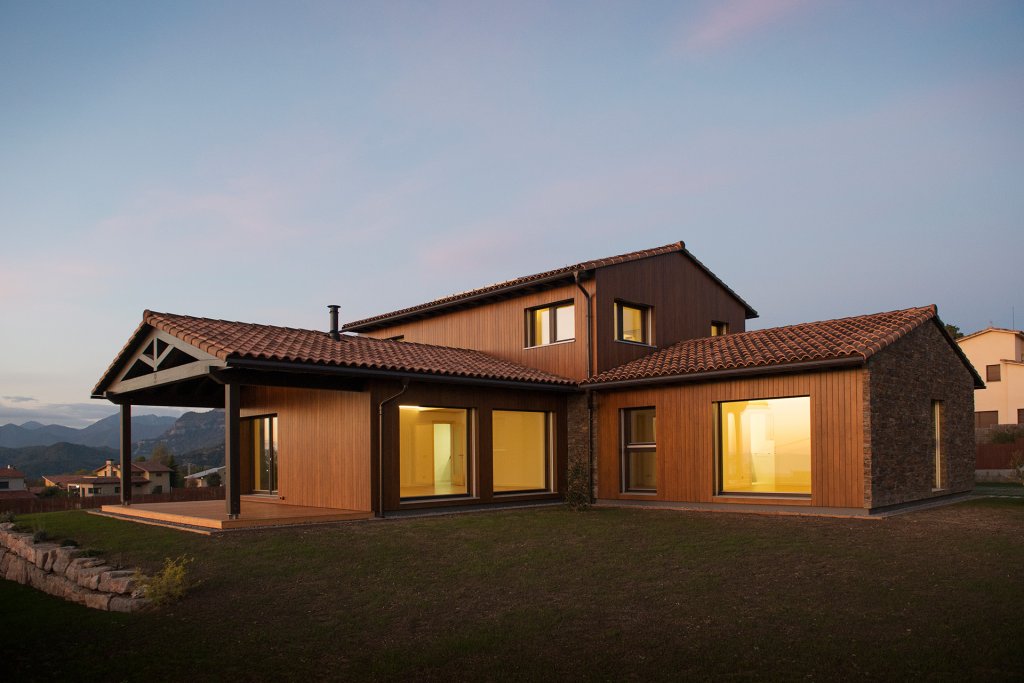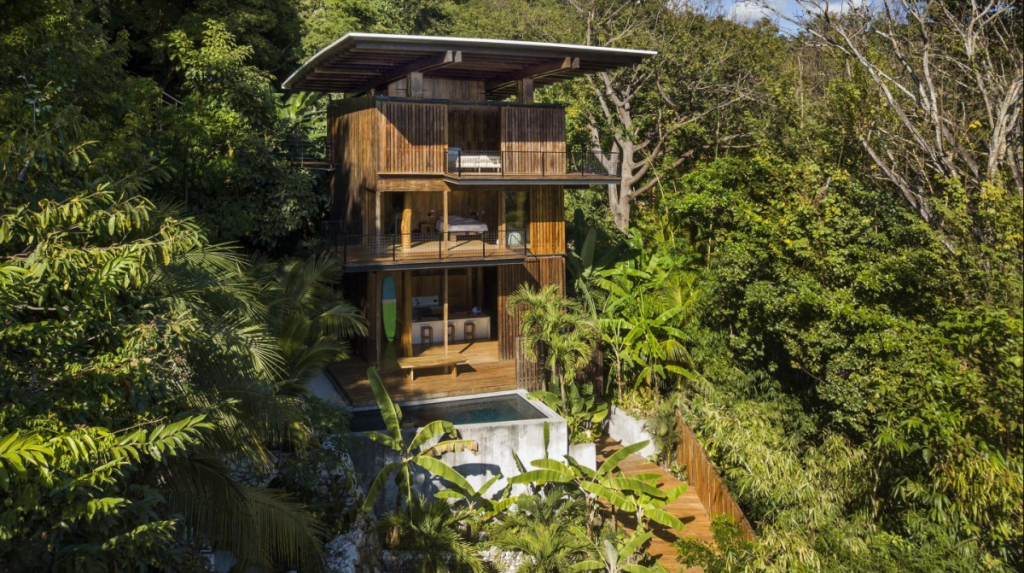
Blog article updated in March 2025
How can you use 90 to 95% less energy for heating and cooling? This is the main benefit of a Passivhaus, the fastest-growing energy performance standard in the world. This is a simple guide with a set of design principles of a Passivhaus.
What is a Passivhaus?
Passivhaus or Passive House is a building standard that promotes the construction of a house with an excellent energy performance. This type of house minimizes the heating demands of the building. In a Passivhaus, thermal comfort is achieved to the greatest practical extent through the use of passive measures, which can be applied not only to the residential sector but also to commercial, industrial, and public buildings.
Passivhaus principles
- East/west orientation to benefit from useful solar gains.
- Small buildings with a very compact structure to meet the Passivhaus specific heating demand.
- External insulation to reduce thermal bridging. In Passivhaus, thermal bridges are usually eliminated.
- Excellent level of airtightness, achieved with an airtight membrane or barrier within each building element.
- Passive solar gains and glazing: Glazing is optimized on the south façade with reduced glazing on the north. Solar gains play a crucial role in providing free heat during the colder months.
- Summer overheating and shading: Temperatures exceeding 25°C must not occur more than 10% of the occupied hours annually. Thermal mass and effective shading (e.g., brise-soleil, external blinds) are increasingly used to meet this requirement in warmer climates.
- Good indoor air quality, provided by a mechanical ventilation system with high-efficiency heat recovery.
- Mechanical ventilation with heat recovery (MVHR): A Passivhaus can maintain a 20°C internal temperature using only internal heat gains from occupants, appliances, and sunlight.
- In warmer regions, natural ventilation strategies, such as cross ventilation or night purging, are encouraged as part of the Passivhaus cooling concept.

Where to install a Passivhaus?
The Passivhaus standard can be applied to any climate in the world. Today, Passivhaus buildings are thriving not only in Central Europe, but also in Australia, China, Japan, Canada, the USA, South America, and even Antarctica!
Recent notable examples include:
- Net-zero schools in the UK and USA
- Multifamily Passive House complexes in New York City
- Tropical Passivhaus villas in Costa Rica and the Philippines

This global reach proves the flexibility and scalability of Passivhaus as a future-proof building strategy.
New in 2025: Updated Insights & Trends
1. PHI Certification Updates
As of 2024, the Passive House Institute (PHI) has expanded its certification criteria to include “Passive House Plus” and “Passive House Premium”. These advanced categories reward buildings that not only minimize energy demand but also generate renewable energy on-site, such as via photovoltaic systems or solar thermal.
2. Material Innovation
Recent years have seen the increased use of natural and low-carbon materials (like cork, wood fiber, or hemp insulation) in Passivhaus design. These materials complement the standard’s energy goals by reducing embodied carbon and improving indoor air quality.
3. Climate Adaptation
With global temperatures rising, the Passivhaus standard is evolving to integrate resilience measures. Dynamic shading systems, heat-resilient building envelopes, and adaptive thermal mass strategies are becoming part of the design toolkit, especially in southern Europe and subtropical regions.
4. Smart Home Integration
Passivhaus projects now frequently include smart monitoring systems to track and optimize real-time energy usage, indoor air quality, and thermal comfort. These tools help ensure that buildings perform as designed over time.
Why is Passivhaus more relevant than ever?
With energy prices rising and stricter emissions targets worldwide, energy-efficient buildings are no longer a niche – they’re a necessity. Passivhaus not only reduces operational costs dramatically, but it also contributes to decarbonizing the built environment – responsible for nearly 40% of global CO₂ emissions.
Building or renovating to Passivhaus standards is a smart move for anyone looking to combine sustainability, comfort, and long-term value.





